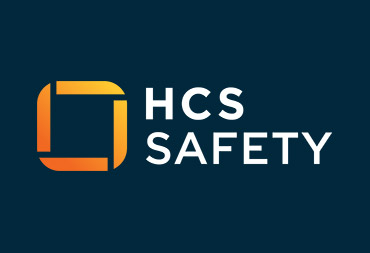Basic first aid knowledge can mean the difference between life and death. And that’s no exaggeration, with reports finding that some 150,000 people die in the UK every year from incidents that could have been treated with first aid.
The Health and Safety (First-Aid) Regulations 1981 stipulate that employers must provide appropriate first-aid equipment and personnel to protect employees.
However, simply meeting the minimum standards isn’t enough for businesses aiming to create safe workplaces.
This article explores the rules and principles surrounding first aid in the workplace and how you can use first aid training to create a safer workplace.
The Importance of Basic First Aid Knowledge
Employers are responsible for assessing their first aid needs and ensuring sufficient numbers of trained first aiders or appointed persons.
An emergency first aider has undergone training and holds a valid certificate in first aid at work, enabling them to provide basic first aid treatment in an emergency.
First aid knowledge is crucial in the workplace for several reasons:
- Quick response: Prompt action is essential in an accident or medical emergency. A trained emergency first aider can quickly assess the situation, provide immediate care, and potentially prevent the condition from worsening.
- Reducing the impact of injuries: An emergency first aider can help minimise the impact of injuries by administering basic first aid techniques, such as controlling bleeding, treating burns or performing CPR.
- Compliance with legal requirements: By ensuring sufficient numbers of trained emergency first aiders, employers show commitment to the Health and Safety (First-Aid) Regulations 1981 and avoid legal disputes if preventable injury occurs.
Becoming an Emergency First Aider
To become an emergency first aider, individuals must undergo training and obtain a recognised qualification. HCS Safety offers both more comprehensive first aid courses and emergency first aid courses.
This training covers essential topics, including:
- Assessing an incident
- Managing an unresponsive casualty
- Performing CPR and using an automated external defibrillator (AED)
- Treating wounds, bleeding, and burns
- Dealing with choking, seizures, and shock
- Recording and reporting incidents
Employers’ Responsibilities For First Aid
In addition to ensuring that they have sufficient numbers of trained emergency first aiders, employers must also:
- Provide appropriate first aid equipment and facilities
- Ensure that first aid equipment is properly maintained and easily accessible
- Inform employees of the first aid arrangements in place, including the location of equipment and the names of trained first aiders
- Keep records of first aid treatment administered in the workplace
Wrapping Up
Basic first aid knowledge is a vital skill that can secure workplaces from an array of accidents, lowering the risk of serious harm or even death.
If you’re an employee, becoming an emergency first aider is a life skill that can protect your colleague’s safety and well-being.
If you’re an employer, first aid training is absolutely fundamental to creating an exceptionally safe workplace.
As the saying goes, “prevention is better than cure,” and having a well-trained emergency first aider is essential to any effective health and safety strategy.
Discover HCS Safety’s emergency first aid courses today to learn more.




